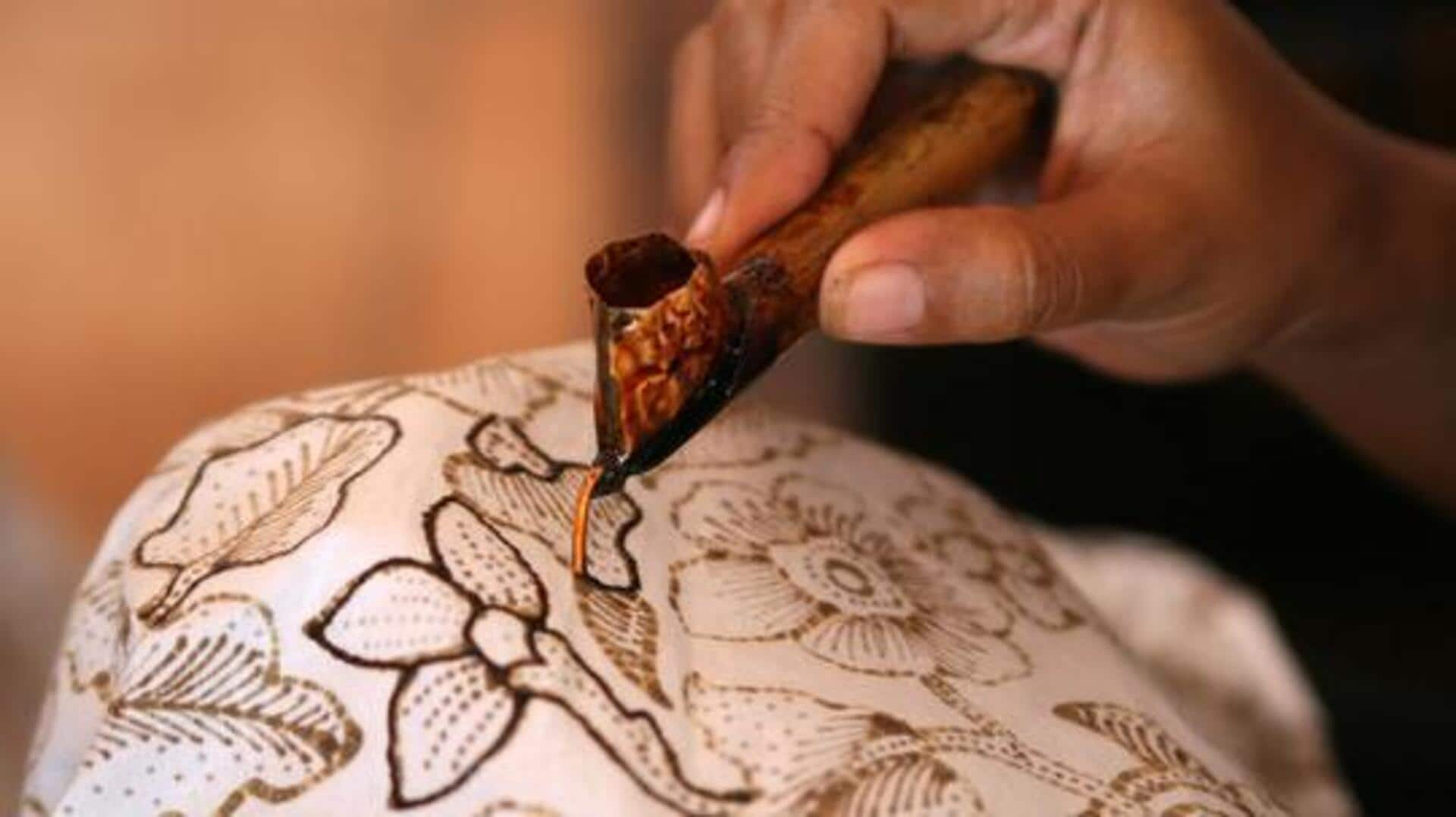
Batik resist art: Techniques, history, and more
What's the story
African batik resist art is a traditional technique that uses wax to create intricate patterns on fabric. This method, which has been passed down generations, is famous for its vibrant colors and detailed designs. The process involves applying wax on the fabric before dyeing it, creating a resist that keeps the dye from penetrating the areas covered by wax. The result is a stunning piece of art that reflects cultural heritage and craftsmanship.
Historical insights
Historical roots of batik
Batik has its origins in ancient Africa, where it was used as a form of storytelling and cultural expression. The technique spread across various regions, each adding its own unique style and patterns. Historically, batik was used in ceremonies and rituals, symbolizing different aspects of life and beliefs within communities.
Materials involved
Materials used in batik art
The primary materials used in batik art are cotton or silk fabric, beeswax or paraffin wax, dyes or pigments, and tools like tjanting or brushes for applying wax. These materials are essential for achieving the desired effects in the final artwork. The choice of fabric can affect how well it absorbs dye, while the type of wax impacts how fine details are captured.
Techniques explained
Techniques employed in batik creation
The process of creating batik involves several steps: designing patterns on paper or directly onto fabric; applying hot wax with tools; dyeing with desired colors; removing the wax through boiling or ironing methods. Each step requires precision to ensure that patterns are clear and colors remain vibrant after treatment.
Cultural insights
Cultural significance of batik patterns
Batik patterns often carry deep cultural meanings, representing symbols of identity, history, and spirituality. These motifs are not just decorative but also serve as a means of communication within communities. They tell stories of ancestors, important events, and moral lessons, passed down through generations. This art form is a vital link to cultural heritage, preserving and sharing community values and beliefs through its unique designs.